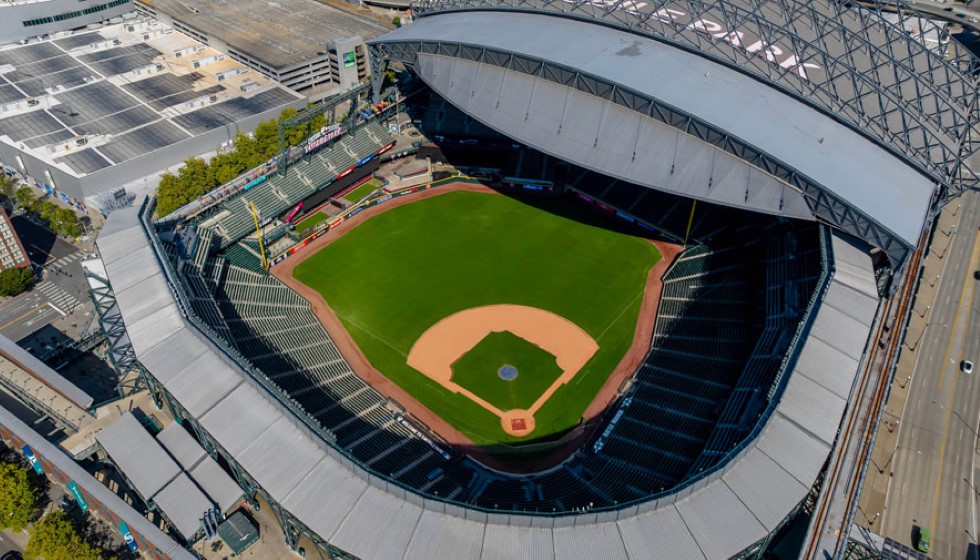
The Anticipation Builds for the Baseball Hall of Fame Inductions
As winter descends on the baseball world, the anticipation for the Baseball Hall of Fame induction steadily rises. With the baseball offseason serving as a backdrop, the Classic Baseball Era Committee gathers to deliberate on the legacy of the sport's past luminaries. Their task is to evaluate candidates whose contributions to baseball predominantly occurred before 1980.
This exclusive group, a mix of 16 esteemed figures, meets during the Winter Meetings, set to convene on a pivotal Sunday. The committee's decision-making process is rigorous: candidates must secure the support of at least 12 voting members to earn the distinguished honor of Hall of Fame induction.
A Distinguished Committee
The composition of this committee reflects a rich tapestry of baseball expertise. Hall of Fame legends like Ozzie Smith, Lee Smith, Paul Molitor, Eddie Murray, Joe Torre, and Tony Pérez provide firsthand insights into the game's timeless excellence. Complementing them are influential executives such as Sandy Alderson, Terry McGuirk, Dayton Moore, Arte Moreno, and Brian Sabean, who bring their strategic acumen and industry experience to the table. To ensure historical perspectives are not overlooked, the committee also comprises media and historical experts, including Bob Elliot, Leslie Heaphy, Steve Hirdt, Dick Kaegel, and Larry Lester.
Spotlight on the Candidates
This year's potential inductees present impressive resumes. Dick Allen's close brushes with Hall of Fame glory in 2015 and 2022—each falling a mere vote shy—underscores the fine margins of this process. Meanwhile, Dave Parker's credentials are formidable: a career batting average of .290, a 121 OPS+, 2,712 hits, 526 doubles, 339 home runs, and 1,493 RBIs, complemented by three Gold Glove awards.
Vic Harris's career also commands attention, boasting a slash line of .303/.370/.428 and seven All-Star appearances. His managerial prowess was etched into history with the triumph at the 1948 Negro Leagues World Series. Speaking of Negro Leagues contributions, the remarkable narrative of John Donaldson unfolds: “Donaldson pitched in the Negro Leagues and pre-Negro Leagues for more than 30 years, earning a reputation as one of the best pitchers in the game. Also playing the outfield and managing, Donaldson helped establish the barnstorming business model that was profitable for Black teams for decades.”
Steve Garvey, known for his clutch postseason performances, adds to the intrigue with an MVP award, two NLCS MVP accolades, and four Gold Gloves. On the pitching front, Luis Tiant's prowess is highlighted by two ERA titles and a career record boasting a 229-172 slate with a 3.30 ERA. Tommy John, with a sturdy 288 victories and a 3.34 ERA amassed over an impressive 4,700 innings pitched, solidifies his claim.
A Long-Awaited Honor
The anticipation also surrounds Kenny Boyer, whose six previous attempts through the committee process have yet to yield induction. Boyer, celebrated for his MVP distinction and five Gold Glove awards, is remembered with a respectable career batting line of .287/.349/.462.
The task of electing these game-defining figures to the Hall of Fame is no small endeavor. Each candidate represents a distinct chapter in baseball history, and the committee's decisions are poised to honor careers marked by exceptional achievements and contributions. As the committee convenes, the baseball community waits with bated breath, reverent of the histories being recounted and the legacies poised for recognition.